
cd_nom
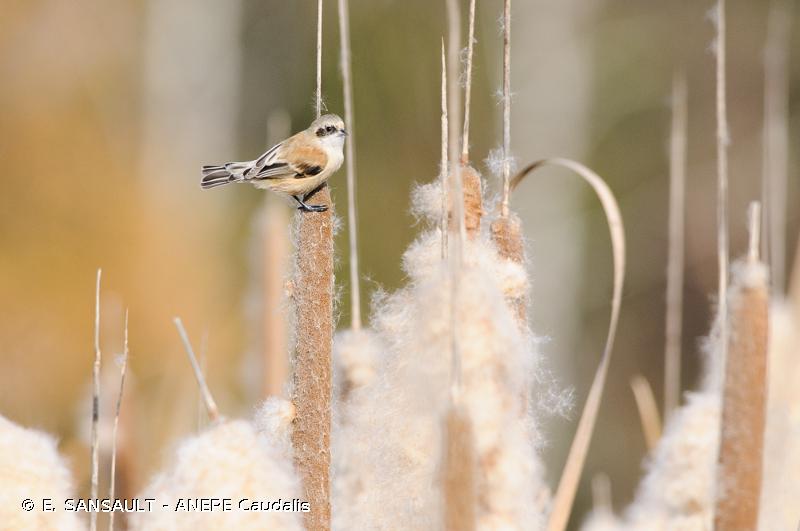
| Author : E. SANSAULT - ANEPE Caudalis |
 |
To get the picture, please visit:
Eric Sansault
ANEPE Caudalis
email : inpn@mnhn.fr
Despite the Creative Commons license, please inform the author of the use which will be made of his photo

| Author : J. LAIGNEL |
 |
To get the picture, please visit:
Julien Laignel
Chargé de mission SNB - SPN/MNHN
4, avenue du Petit Château
91800 BRUNOY
Tel.: 06.10.68.23.36
Mail: julien.laignel@9online.fr
Despite the Creative Commons license, please inform the author of the use which will be made of his photo
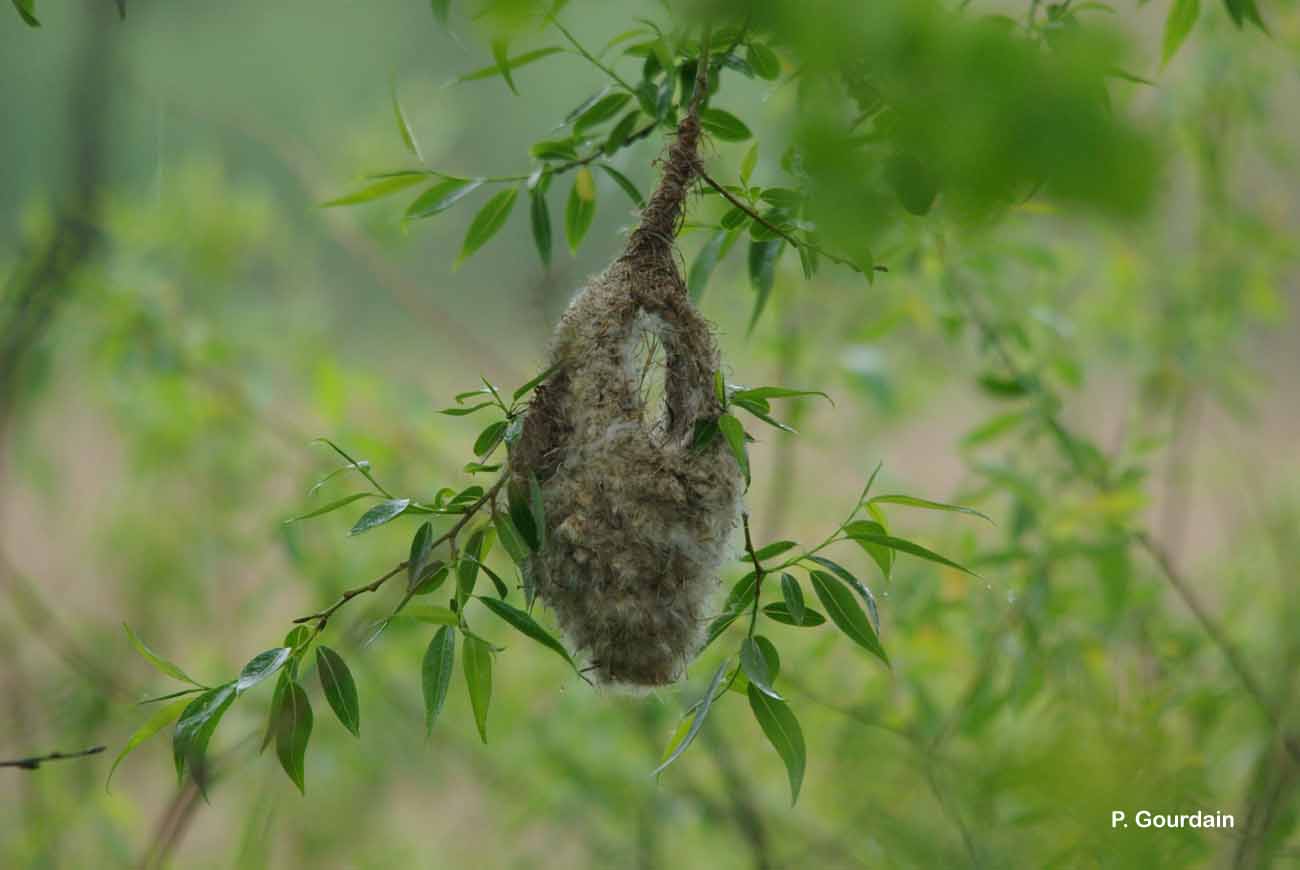
| Author : P. Gourdain |
 |
To get the picture, please visit:
Philippe GOURDAIN
Muséum national d'Histoire naturelle - Service du Patrimoine Naturel
36 rue Geoffroy Saint-Hilaire
CP 41
75 231 PARIS CEDEX 05
e-mail : inpn@mnhn.fr
Legend: Biebrza (Pologne);
Despite the Creative Commons license, please inform the author of the use which will be made of his photo
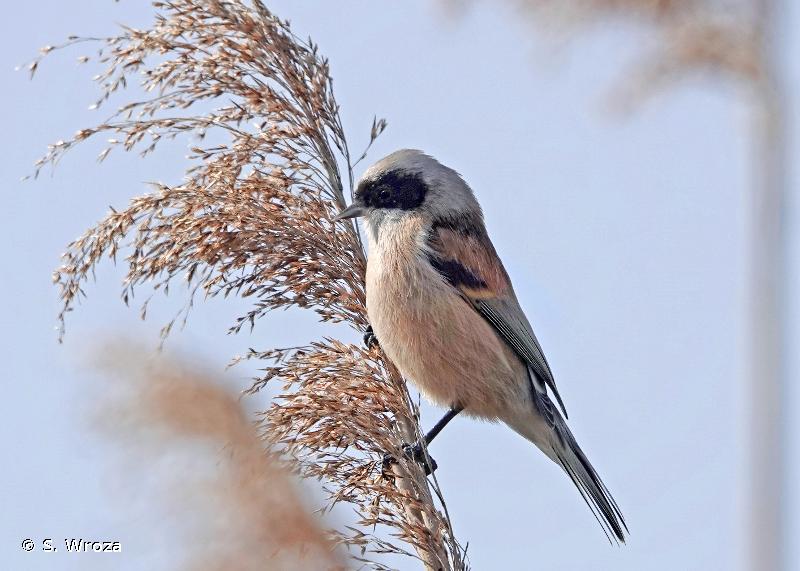
| Author : S. Wroza |
 |
Despite the Creative Commons license, please inform the author of the use which will be made of his photo
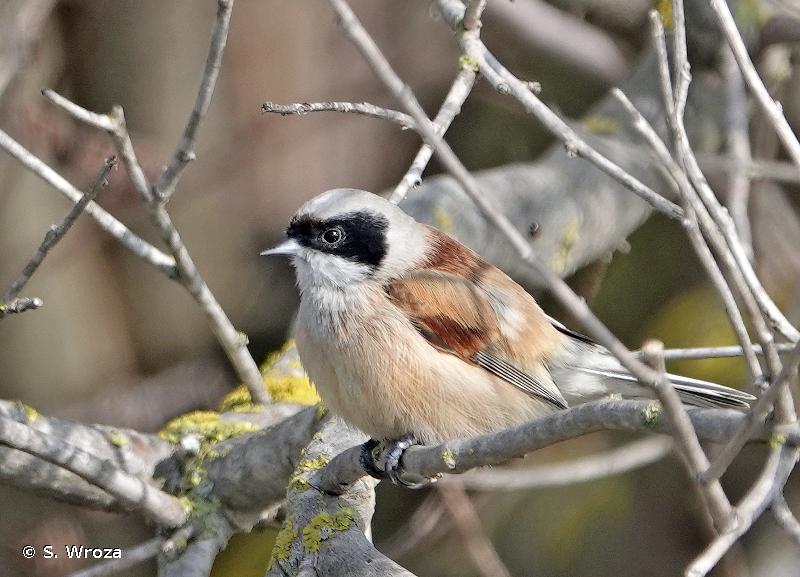
| Author : S. Wroza |
 |
Despite the Creative Commons license, please inform the author of the use which will be made of his photo
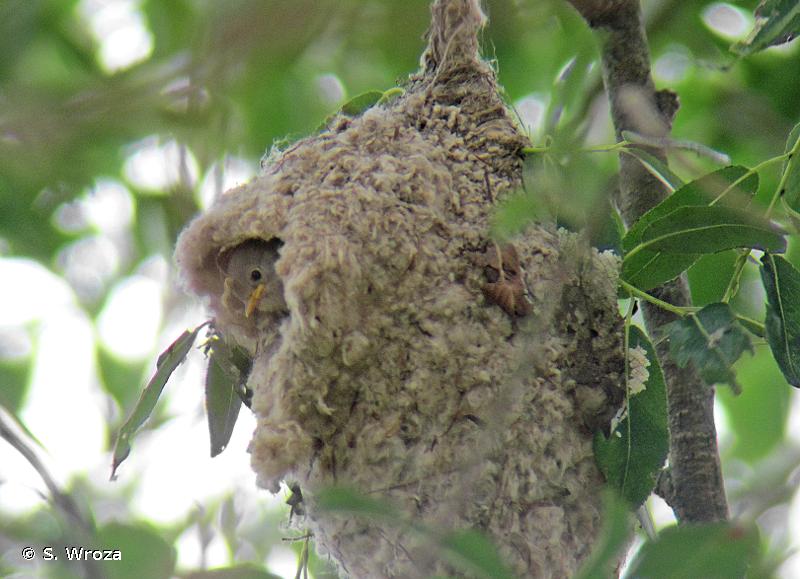
| Author : S. Wroza |
 |
Despite the Creative Commons license, please inform the author of the use which will be made of his photo
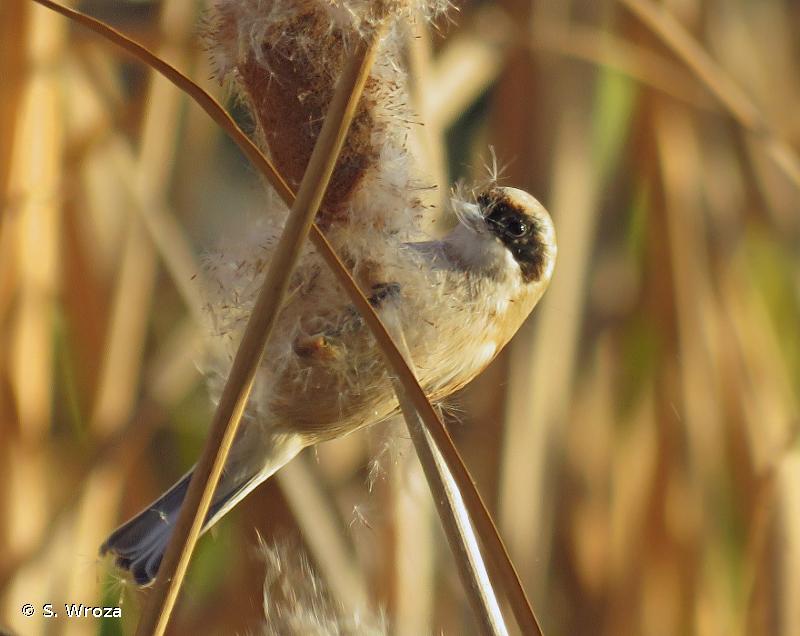
| Author : S. Wroza |
 |
Despite the Creative Commons license, please inform the author of the use which will be made of his photo
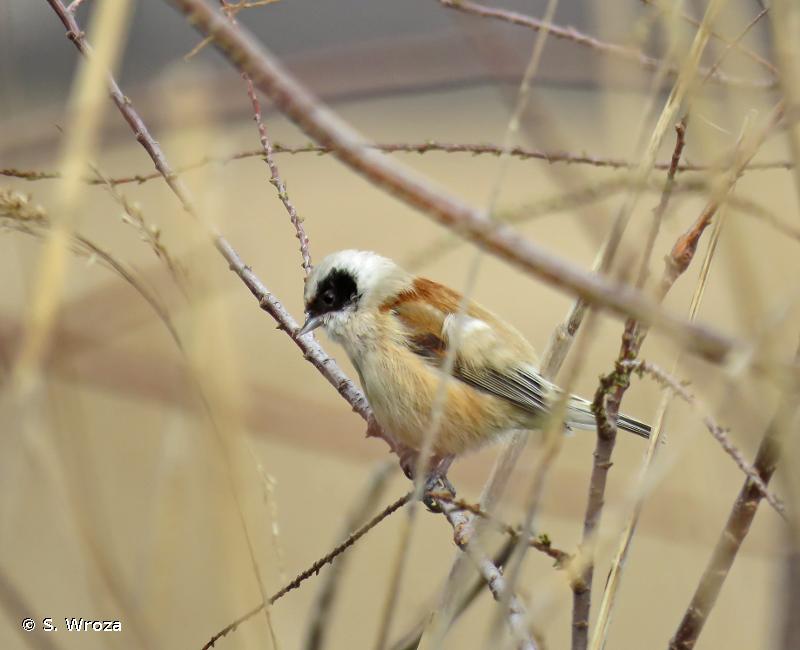
| Author : S. Wroza |
 |
Despite the Creative Commons license, please inform the author of the use which will be made of his photo
Taille/poids :
Longueur : 11 cm. Poids : 8,1-12,3 g
Diagnose :
De taille légèrement inférieure à celle des mésanges du genre Parus, la Mésange rémiz a le bec noir en pointe conique acérée, la tête gris pâle avec un masque noir et le dos brun-roux chaud. Le dessous est crème marqué de brun-roux à la poitrine.
Détermination :
Simple. Facile sur photo.
C'est surtout un oiseau de passage et hôte d'hiver en France, qui peut être observé de septembre-octobre à mars-avril.
Biologie-éthologie :
La nourriture estivale est composée d'araignées et d'insectes capturés surtout aux extrémités des rameaux feuillus et dans la végétation touffue. En hiver, s'y ajoutent de petites graines, souvent recueillies à faible hauteur sur les plantes et au pied des roseaux.
Biogéographie et écologie :
L'espèce se distribue dans les régions méridionales du Paléarctique occidental, de la péninsule Ibérique à la Chine. Son aire de nidification européenne occupe l'ensemble de l'Europe centrale et orientale, ainsi que la région méditerranéenne. La Mésange rémiz apprécie les dépressions humides à végétation luxuriante, les fleuves et leurs deltas, les bords d'étangs, les bras morts et les marais bordés de ripisylves.
Compilé par J. Comolet-Tirman à partir des Cahiers d’habitats.(UMS 2006 Patrimoine Naturel (AFB / CNRS / MNHN)),2017
Continental
Metropolitan France
Overseas
Marine
Metropolitan France
Overseas
The map presents a summary at the 10 x 10 km grid of the observation data for the species transmitted to the SINP. These data have been subjected to validation filters.
The map presents a reference distribution layer of the species at the scale of departments and marine sectors. The presence and absence data were established by expertise within a network of partners. This reference distribution is used in the validation process of the SINP data at the INPN level.
Corresponds to a report on the basis of at least one observation proved within a period of 10 years (20 years for little-known invertebrates) preceding the year and no presumption of extinction since obtaining the last data nor doubt on reproductive and implemented nature of this population. For migratory species, the presence indicated concerns areas of reproduction.
This status is based on one or more of the following criteria:
This point covers the absence, more difficult by nature to demonstrate than presence. This status is based on one or more of the following criteria:
This status must be assigned to a department in which the presence of the species is casual.
Particular case of absence due to a proven extinction less than a half century ago (older disappearances are treated as "no probable or definite").
In the state of knowledge, we can not comment on the presence or absence in the current department. This is the default status when not comprised in one of the previous categories or whenever there is doubt.
The map shows the global distribution of the species based on GBIF data (Global Biodiversity Information Facility).
